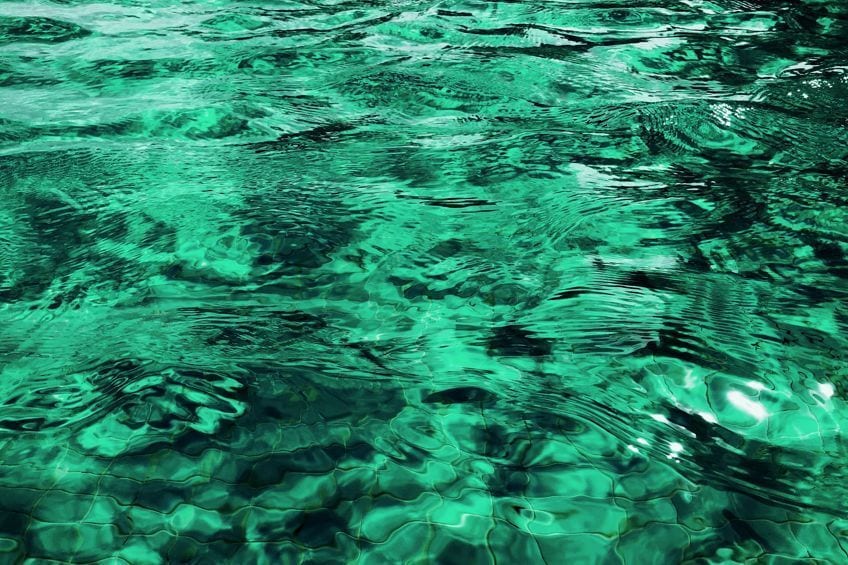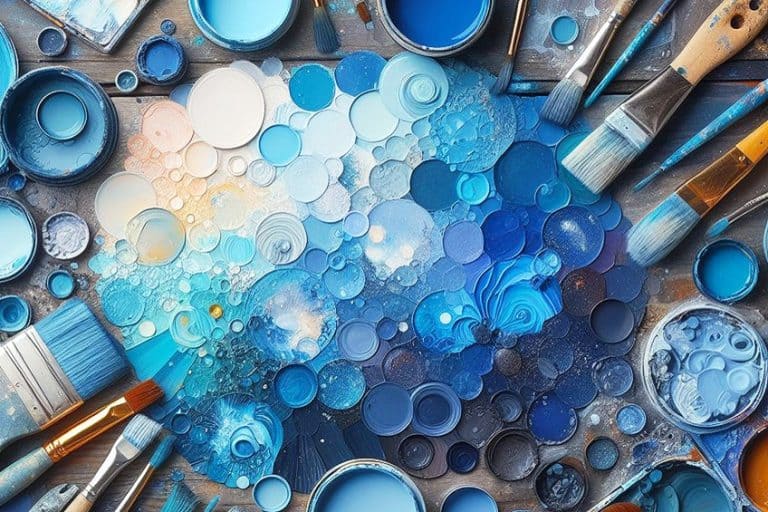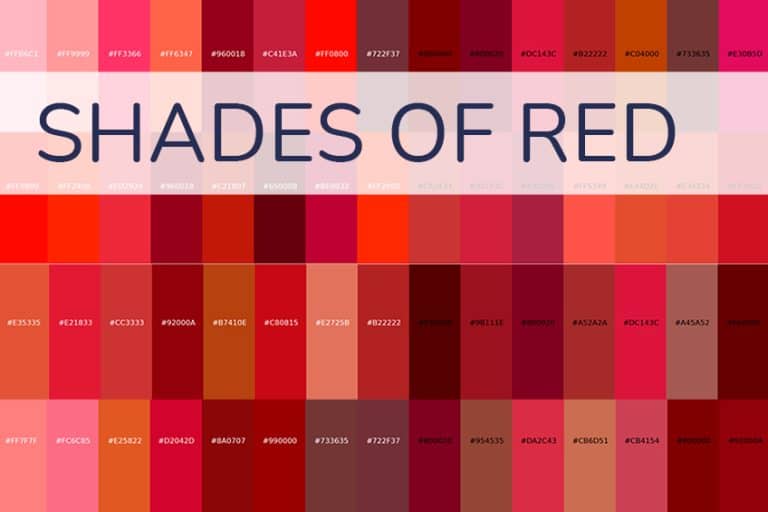Emerald Green – How to Make Emerald Green Pop
There are many beautiful shades of green, which makes it a popular color among many. If you are looking for a rich and sophisticated green, you might want to take a look at the emerald green color. The compelling, striking color has long been associated with the equally beautiful emerald gemstone. Let us now explore further, this amazing color.
What Is Emerald Green?
Emerald green can be described as a blue-green, vibrant, and bold shade of green. When gazing at an emerald gemstone, the color itself is caused by the small amounts of vanadium and chromium present. Emerald green has also had many different names over the years including Veronese green, imperial green, and Paris green. The color is more vivid than olive green, but it is darker than seafoam or neon green.
The emerald green color for websites, which is identified through a hex code as seen below in the table, can be described as being a moderate cyan or lime green color.
| Emerald Green Shade | Emerald Green Hex Code | CMYK Emerald Green Color Code (%) | RGB Emerald Green Color Code | Emerald green Color |
| Emerald Green | #50c878 | 60, 0, 40, 22 | 80, 200, 120 |
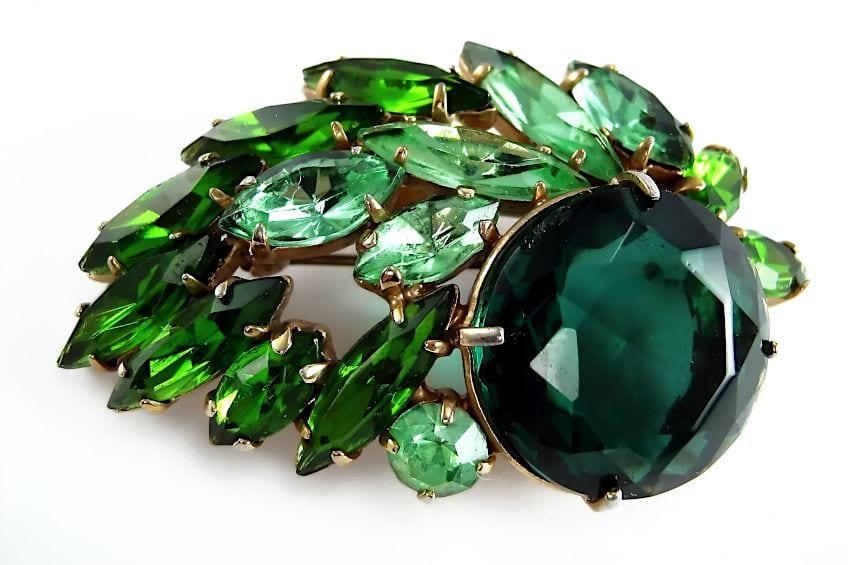
Emerald Green: A Brief History
We have already mentioned that the color name is associated with the gemstone of the same name. However, the color name emerald green was originally documented in the late 16th century. The emerald green color was in style during the 1800s and was used extensively in paintings and as a clothing dye as well as in house paints. Many artists like Cezanne, Monet, and Vincent Van Gogh used it in their artworks. For example, the emerald color was a prominent feature in Vincent van Gogh’s painting, Madame Roulin Rocking the Cradle (1889).
However, the pigments were found to be toxic.
The pigments were first produced in Germany during the early 19th century and were made by blending and heating copper verdigris with white arsenic and vinegar, and this was then ground into some linseed oil. The pigment was cheap to manufacture, but it tended to blacken when exposed to Sulphur, for example when mixing it with cadmium yellow. However, arsenic was the main problem, which made the paint highly toxic. It is believed that Napoleon used the paint for his bathroom and that this is what eventually killed him. Once the toxicity was discovered, the paint and pigments were discontinued.

On a side note, Ireland is also famous for being known as the “Emerald Isle”. This is because of its beautiful green countryside, and the term was first used by the Irish physician, writer, and poet, William Drennan, in his poem When Erin First Rose (1795).
Thankfully, today we have non-toxic emerald green pigments, paint, and dyes. The color itself remained popular over the years, and in 2013 it was nominated as the color of the year by Pantone. Also, Etsy, a popular online marketplace, named it their color of the year for 2022.
Meaning of Emerald Green
Since it is so closely associated with the gemstone, the color is considered to also be linked to things like wealth, royalty, and elegance. However, it is also a shade of green, which is a symbol of growth, abundance, life, health, and prosperity. It is also a color of renewal, freshness, balance, and stability. Green is strongly linked to the natural environment, trees, and grass. Green is said to help with balancing emotions and provides a calming and grounding effect. The color also offers clarity and is soothing, but it can also be invigorating. This is because green has both the qualities of blue and yellow.
Creating a green theme environment is said to have a relaxing effect, it helps with reducing stress and anxiety.
Colors That Go With Emerald Green
Green, in general, is a versatile color that can usually work well with a variety of colors. However, if you follow color theory and the color wheel, there are specific color schemes that work best. These color schemes include complementary colors, analogous colors, and monochromatic colors amongst others.
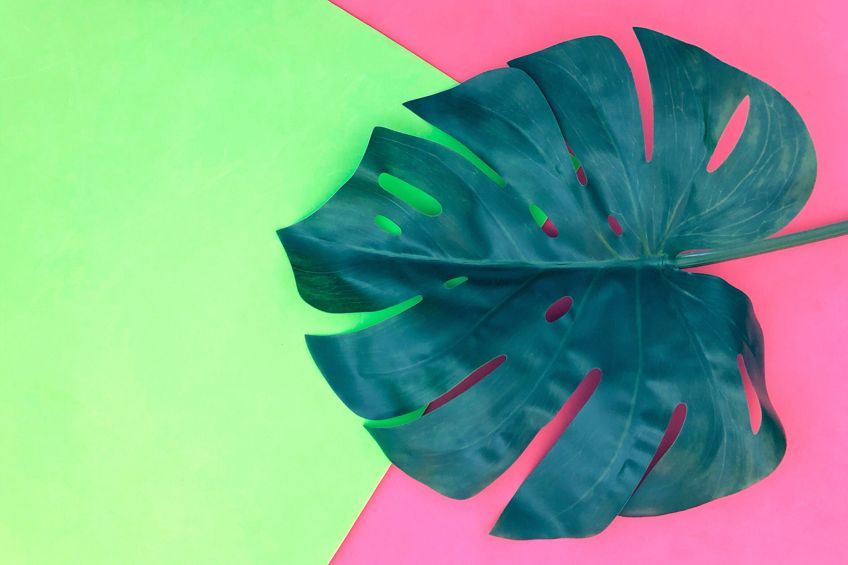
Emerald Green Complementary Colors
These colors are easy to find on the color wheel and sit directly on opposite sides. The complementary color for green is red. So, in the case of emerald green, the complementary color is therefore more of a moderate pink. As you will notice, these colors stand out next to each other and form a contrast. This is the basis of what complementary colors do.
Any other shades of pink or red like rose or ruby red would work wonderfully with the emerald green.
| Shade | Hex Code | CMYK Color Code (%) | RGB Color Code | Color |
| Emerald Green | #50c878 | 60, 0, 40, 22 | 80, 200, 120 | |
| Moderate Pink | #c850a0 | 0, 60, 20, 22 | 200, 80, 160 |
Emerald Green Analogous Colors
These are colors that are more pleasing to the eye and are positioned closer to one another when viewing a color wheel. When it comes to emerald green, the analogous colors would be shades of blues and greens.
| Shade | Hex Code | CMYK Color Code (%) | RGB Color Code | Color |
| Shade of Green | #64c850 | 50, 0, 60, 22 | 100, 200, 80 | |
| Emerald Green | #50c878 | 60, 0, 40, 22 | 80, 200, 120 | |
| Shade of Blue | #50c8b4 | 60, 0, 10, 22 | 80, 200, 180 |
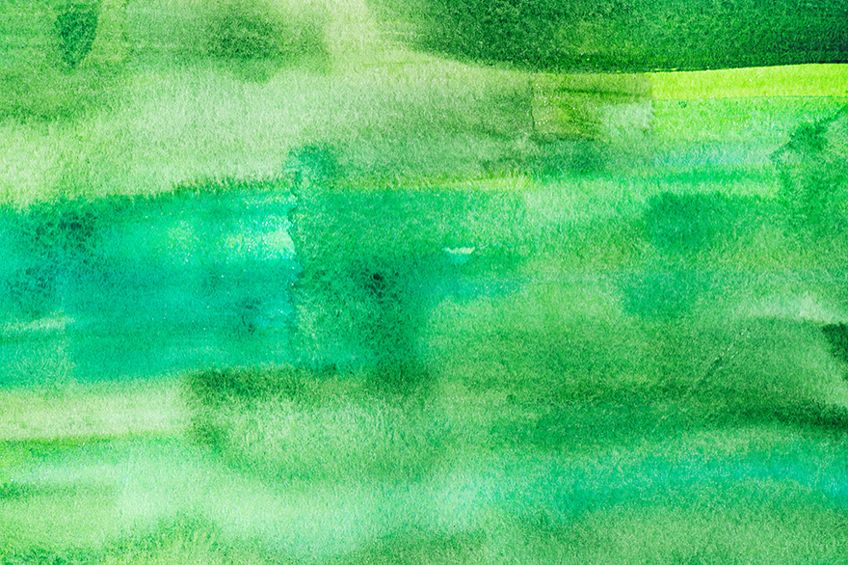
Emerald Green Triadic Colors
These are again similar to the complementary colors as they also create a contrast. To find these colors, you would select the emerald color and then create an equal-sided triangle.
Many online programs provide you with these details.
| Shade | Hex Code | CMYK Color Code (%) | RGB Color Code | Color |
| Shade of Orange | #c87850 | 0, 40, 60, 22 | 200, 120, 80 | |
| Emerald Green | #50c878 | 60, 0, 40, 22 | 80, 200, 120 | |
| Shade of Violet | #7850c8 | 40, 60, 0, 22 | 120, 80, 200 |
Emerald Green Monochromatic Colors
These colors are similar to analogous colors in that they are also pleasing to the eye. Monochromatic colors simply mean variations of tones and shades of emerald color. So, they are all shades of green as seen below.
| Shade | Hex Code | CMYK Color Code (%) | RGB Color Code | Color |
| Shade of Green | #319b54 | 68, 0, 46, 39 | 49, 155, 84 | |
| Emerald Green | #50c878 | 60, 0, 40, 22 | 80, 200, 120 | |
| Shade of Green | #8adaa5 | 37, 0, 24, 15 | 138, 218, 165 |
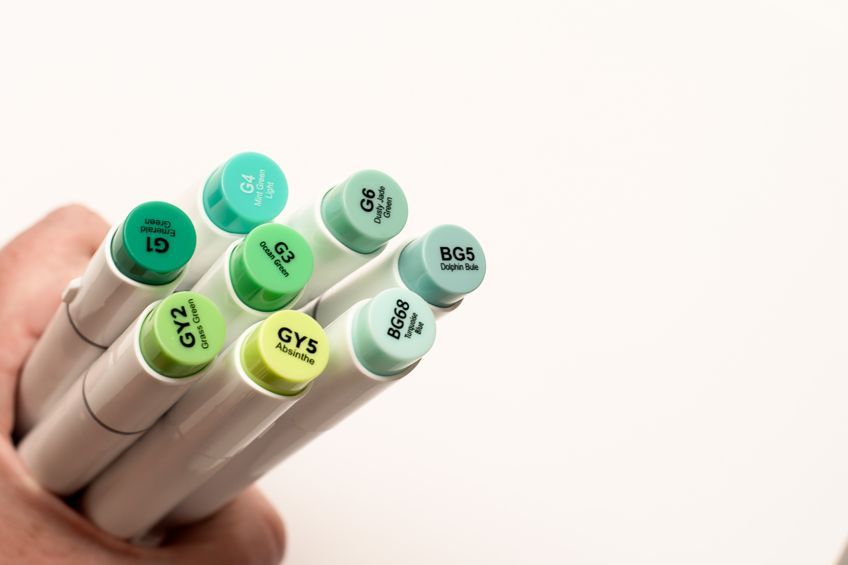
How to Make Emerald Green Paint
Most times, you can save time by simply purchasing a tube of emerald green paint. However, if you want to experiment with blending your own emerald green color, then it is quite simple to do so. All you need is some blue as well as yellow paint. Take some blue and slowly add a little yellow, and you might even try adding in a little black to get the shade you want.
However, that is just a simple way of mixing colors. If you want to create a near-perfect match, then you have to consider the opacity, hue, and tint of the color paints you are using. So, the ultimate emerald color should have vibrant bluish-green elements, it is not merely a general green color. This is where color theory also comes into play, as emerald green has bluish characteristics, which makes it a cool color.
Cool and warm colors are easily identified, and cool colors are calming and related to water and nature. On the other hand, warm colors are stimulating and relate to things like warmth and sunshine.
This is why you might need to experiment with different types of blue and yellow paint. So, in this case, you would consider using blue and yellow colors that have a cool undertone. One example could be cadmium yellow and cerulean blue. These colors should make a nice deep version of emerald green. Of course, you can also add white to create a particular tint. You can also experiment with Winsor blue and sap green color, or Indian Yellow and Phthalo turquoise.
How to Use Emerald Green in the Home
Emerald green is a striking color that stands out and can convey a sense of luxury, and with its link to nature, it is a calming and relaxing color. It is a popular color for formal wear like evening dresses, but it plays a big role in interior design. This makes it a great color for the bathroom as well as the bedroom and living areas.
Not only can any shade of green be energizing, but it can also add a certain amount of freshness to a space.
You can paint all the walls an emerald color to make a bold statement, but if that is too much, try using it only as an accent wall. It works well with other neutral colors like white and gray and goes well with gold for that added luxury feel. Natural wood elements are also a good choice as they both bring in a natural element.
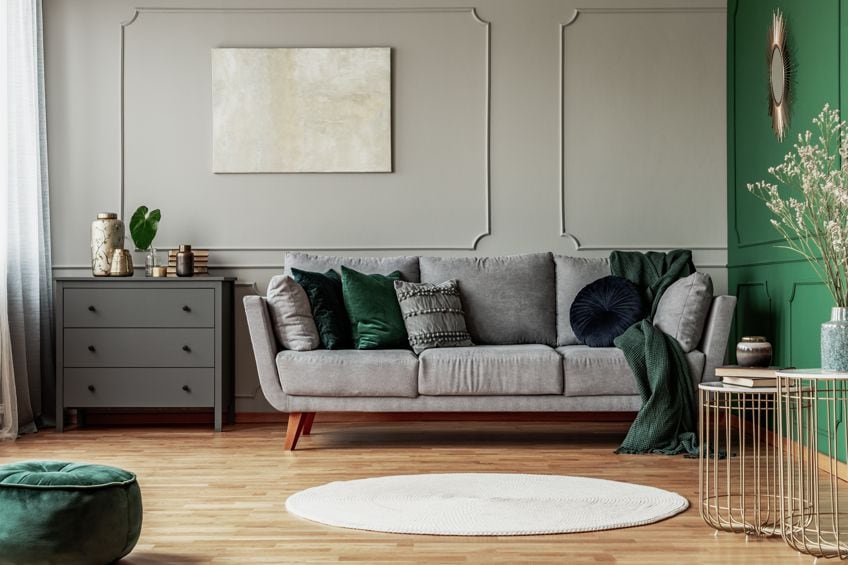
You can also use the color in various accessories throughout a room, from rugs and upholstery to cushions, and window treatments. Bring in textures and patterns to break the color and add more interest to a color scheme. Emerald green is the perfect color to replace black, as it works so well with other neutral colors and helps them stand out. Add layers and depth of color with other shades of green. Emerald green and shades of red and pink, however, these colors should be used carefully and balanced properly by using the 60:30:10 rule so it does not become too overpowering or feel too much like a Christmas theme. You can follow the same rule and bring in yellow, orange, blue, and purple.
Emerald green is the perfect choice for adding some lively and rich color to your home. Not only that, but it can also add a bit of sophistication to any outfit. So, the next time you are looking for a shade of green for a design project, consider emerald green.
Frequently Asked Questions
What Is Emerald Green?
Emerald green is a cool green that can be described as more of bluish green. The name comes from the emerald gemstone that has a similar color. Emerald green is seen as darker than lime green, but brighter than forest green.
Is Emerald Green a Cool or Warm Color?
Emerald green is considered a cool green color as it has more of a bluish undertone. Other cool greens that go with emerald green include forest green and seafoam green. An example of a warmer green that has more of a yellow undertone is Kelly green.
How Do You Make Emerald Green Paint?
When looking at how to make emerald green, you should take into consideration the type of color emerald green is. Simply mixing a basic yellow and blue paint will make you green but might not achieve the emerald green you are looking for. You should experiment with various shades of blue and yellow, and the amounts you need to mix.
In 2005, Charlene completed her Wellness Diplomas in Therapeutic Aromatherapy and Reflexology from the International School of Reflexology and Meridian Therapy. She worked for a company offering corporate wellness programs for a couple of years, before opening up her own therapy practice. It was in 2015 that a friend, who was a digital marketer, asked her to join her company as a content creator, and this is where she found her excitement for writing.
Since joining the content writing world, she has gained a lot of experience over the years writing on a diverse selection of topics, from beauty, health, wellness, travel, and more. Due to various circumstances, she had to close her therapy practice and is now a full-time freelance writer. Being a creative person, she could not pass up the opportunity to contribute to the Art in Context team, where is was in her element, writing about a variety of art and craft topics. Contributing articles for over three years now, her knowledge in this area has grown, and she has gotten to explore her creativity and improve her research and writing skills.
Charlene Lewis has been working for artincontext.org since the relaunch in 2020. She is an experienced writer and mainly focuses on the topics of color theory, painting and drawing.
Learn more about Charlene Lewis and the Art in Context Team.
Cite this Article
Charlene, Lewis, “Emerald Green – How to Make Emerald Green Pop.” Art in Context. October 4, 2022. URL: https://artincontext.org/emerald-green/
Lewis, C. (2022, 4 October). Emerald Green – How to Make Emerald Green Pop. Art in Context. https://artincontext.org/emerald-green/
Lewis, Charlene. “Emerald Green – How to Make Emerald Green Pop.” Art in Context, October 4, 2022. https://artincontext.org/emerald-green/.


